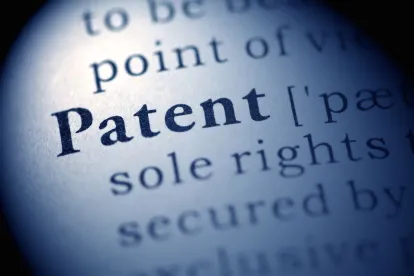Grants of permanent injunctions in U.S. district court patent litigation remain uncommon since the landmark decision in eBay v. MercExchange. LexMachina’s 2021 Patent Litigation Report highlights that courts grant fewer than fifteen permanent injunctions annually in the U.S. One such injunction was recently granted in Siemens Gamesa Renewable Energy A/S, v. General Electric Co. (“Siemens”) by the District of Massachusetts. That case is notable not only because it granted an injunction, but also because it took a novel approach to balancing public interest in doing so. Specifically, the public interest considerations implicated public green energy projects. In view of the Inflation Reduction Act (“IRA”), which was signed into law and provides incentives to combat climate change by investing in technologies such as solar and wind energy, such public interest considerations may become more common.
Following a multi-year litigation that concluded in a holding that Defendant was infringing Plaintiff’s patented wind turbine blade technology, Plaintiffs asked the court to issue a permanent injunction. In response, Defendant argued that a permanent injunction would cause significant disruption to ongoing state-sponsored offshore wind projects, resulting in significant harm to the states, the local communities, and interested third parties. In particular, at least two massive offshore wind projects in New Jersey and Massachusetts were relying on the Defendant’s wind turbines. Indeed, in an amicus brief, the state of New Jersey alleged that a permanent injunction against the Defendant would render the current project impossible to complete. Additionally, the state alleged that a permanent injunction would stymie New Jersey’s “clean energy plan to address the impacts of climate change, sea level rise, and carbon based emissions” through offshore wind energy.
Ultimately, Judge William G. Young enjoined Defendant from making, selling, producing, or importing infringing wind turbine blades. However, the permanent injunction included carve-outs to address Defendant’s concerns. The court looked to the guidance in eBay that any injunctive relief should be consistent with the “traditional principles of equity.” In this vein, the Court called the climate crisis a “key concern” and reasoned that terminating the contracts that the Defendant already entered into would detrimentally impact both Massachusetts and New Jersey. Thus, the carve outs would allow the Defendant to make, use, operate, repair, and service wind turbines included in the two ongoing public offshore wind projects in Massachusetts and New Jersey.
This case demonstrates that the threat of injunctive relief is still a live risk in district court patent disputes. In Siemens, the Plaintiff was able to secure an injunction as to all future use of the infringing wind turbines—subject to important exceptions in the public interest. This case indicates that going forward accused infringers may be able to leverage arguments concerning public interest and downstream effects to seek valuable carve-outs—especially where the injunctive relief sought may implicate public investment in green energy projects under the IRA to combat climate change.





 />i
/>i

